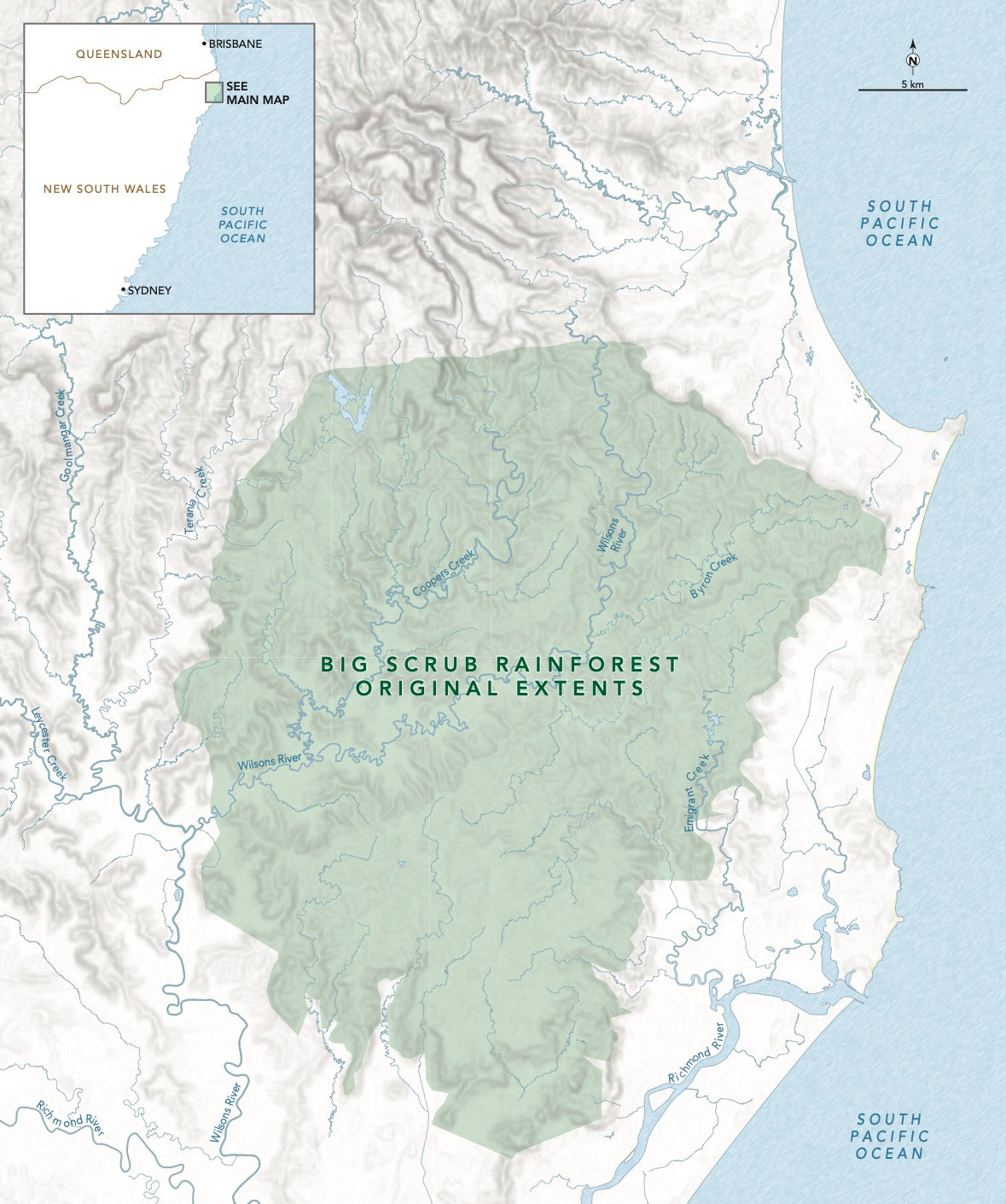Australian Honeybee Apis. spp
A self sustaining group of free living bees.
Honeybees thrive throughout the Pacific Australasia region. The warm climate, abundance of native forage, nesting sites, clean air and crystal clear water provides a perfect habitat for the Honeybee and the Apidae family.
Australia is home to several free-living Apis species, including the Eastern Honeybee (Apis cerana), the Red Honeybee (Apis florea), and the European Honeybee (Apis mellifera), along with its subspecies (Apis mellifera mellifera, Apis mellifera carnica, and Apis mellifera ligustica). These diverse honeybee genetics continue to evolve and adapt to changing environmental conditions.
Following international best practices and research standards, we advocate for the immediate prioritisation of research into Australia's wild Apis populations.
Apis. florea (Red Honeybee)
Apis. florea is unique for its morphology, foraging behaviour and defensive mechanisms. They are the most primitive of the living species of Apis, reflected in their small colony size, and simple nest construction.
A. florea distribution spans the continents of Australia, Asia and Africa and is most commonly seen in Southeastern Asia (Thailand), the Northeastern part of India, China, and forested regions of the Middle East.
Apis. cerana (Eastern Honeybee)
Geographically mapped across their natural range in Australia, Pacific, Asia and Micronesia and has been used for centuries for honey and pollination.
Displays a wide range of genetic, morphological, and behavioural variation (Plant Health Australia)
Apis. mellifera (Western Honeybee)
IUCN guidelines (October 2025): Wild populations of the Western Honey Bee are here defined as self-sustaining groups of free-living colonies. The attribute “self-sustaining” is applied in relation to a ten-year period and refers to the capacity of the free-living cohort (i.e., group of colonies) to persist for at least that duration by maintaining itself through the reproduction of its member colonies, without relying on the immigration of swarms from managed ones (as there is no genetic division among free-living and managed cohorts). The period of ten years is used, as it corresponds to length of three generations (following IUCN guidelines, the average generation length of a Honey Bee colony was calculated as 3.3 years, see Habitats and Ecology section).
Position
A targeted research programme is needed to explore the wild Apis populations in Australia that represent unique or endemic lineages, and to evaluate their conservation and pollination role.
Rigorous scientific research will deliver key environmental outcomes for bees, plants and people through the advancement of swarming.
Citizen Science:
Contact us to record a free living honeybee population.
Project Aims:
- Increase healthy bees populations.
- Enhance swarming.
- Recognise cultural value and indigenous Honeybee wisdom.
- Establish an Australian Apis Research Centre.
- Annual swarming figures reported.
- Genetic advancement research and observation over 5 years: 2022 - 2027.
- Reclassification of Wild Apis.sp
- Community education delivery
Research Methodology:
- Map the geographic distribution of Apis.sp.
- Wing morphometry analysis of Apis.sp
- MtDNA sequence of Apis.sp
- Citizen Science observations of nesting habitat.
Area of focus:
The Big Scrub was one of the largest areas (75,000 ha) of lowland subtropical rainforest in eastern Australia. It was intensively cleared for agricultural use and now less than 1% remains.
Conservation Focus: Swarms, genetic advancement, hollow formations and bee sanctuary establishment.
Education Focus: Indigenous and wild honeybee culture for food production, culture and tradition.
Protection: Parts of the Big Scrub have been listed as endangered ecological communities. Lowland Rainforest of Subtropical Australia is also listed as a Critically Endangered Ecological Community under the Federal Environmental Protection and Biodiversity Conservation Act 1999 (EPBC Act 1999).

